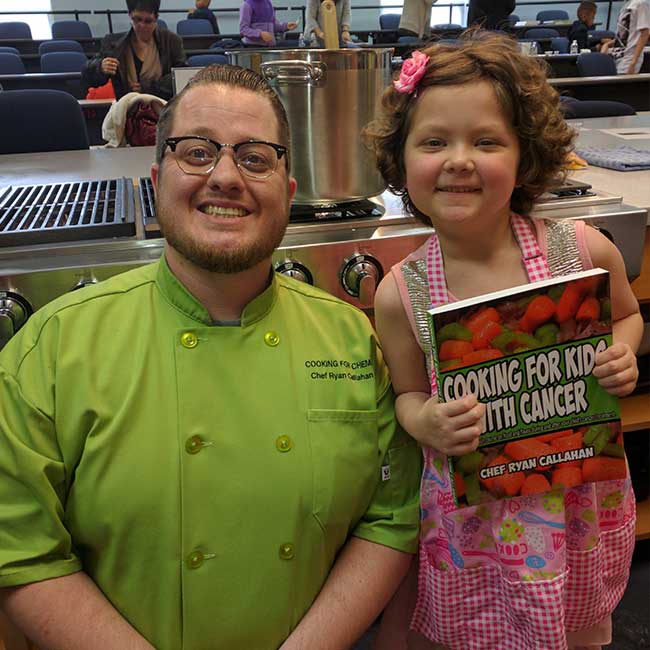Safely Storing Food

Safe food storage can be just as important as keeping your workspace clean. During cancer treatments, your immune system is compromised. This can create a dangerous situation if you or your caregiver are not following basic food safety guidelines.
When it comes to refrigerated food items, you want to keep everything at a temperature under 40°F. Refrigerate or freeze all fresh foods immediately when you get them home from the grocery store. If you won’t use raw meat right away, bag it and freeze it. It is better to lose a little flavor for overall food safety when cooking for people with compromised immune systems.
Leftovers Safe Food Storage
Make certain that all leftovers are placed in sealed containers and cooled down as fast as possible. Leftovers are usually good to eat for seven days after preparation. If you want to store food for longer than that, just freeze it. The seven-day rule can be trumped by the “nose test.” If it smells stinky and it shouldn’t, don’t risk it. Just pitch it.
For safe food storage in your refrigerator, there is a proper stacking order that needs to be followed. Food professionals are strictly required by law to keep food safe in a restaurant. This is how we are required to store food safely in a restaurant. And this is how you need to do it at home too.
Safe Food Storage and Drip Method Chart
| Shelf Level | What Goes On Each Shelf |
| top shelf | ready-to-consume foods: raw fruits, vegetables, or precooked foods |
| top-middle shelf | dairy products or anything with a live active bacteria culture: yogurt, salami, cheese |
| bottom-middle in this order | raw seafood, beef, pork, veal, red meats |
| bottom shelf | raw poultry, chicken |
The Drip Method
There is a proper method to store your foods in your refrigerator and freezer. It is called the “drip method.” For example, if liquid from a slice of carrot drips down into raw chicken, cooking the chicken at the proper temperature of 165°F will kill any bacteria that the carrot could have contributed. The idea is that any leaking fluids or any downward “drip” or cross-contamination would naturally be wiped out by cooking the food to the proper temperature.
For instance, the reason that we cook seafood to 145°F is because the types of bacteria that naturally occur in these organisms die by 145°F. The bacteria that naturally occurs in beef (E.coli) is a naturally occurring intestinal bacteria found in cows. E.coli is dead as a door nail by 155°F. So if E.coli ends up in our chicken, and we cook our chicken to 165°F, that E.coli has long since been passed for at least 10°F. If the reverse were to happen and the naturally occurring salmonella in the chicken ends up in our seafood, it is only cooked to 145°F. So, the fish will still be full of live active salmonella. This will result in an incredibly unpleasant bathroom experience.
Food Storage Safety is Important
Remember, vulnerable populations like children and the elderly have weaker immune systems than adults. A disease that wouldn’t even cause a 25 year old to have the sniffles can render a child or elderly person completely bedridden. To drive this point home even further, think about how many children your great grandparents had. It’s usually some astronomical number like 13, 14, or 15 kids. But, only 5 of them survived to adulthood. This is because children do not have the resistance or immunity to disease like an adult has. Resistance simply develops over time.
The same is true for the senior population. Their natural immunity slowly breaks down over time. This is why safe food storage and avoiding food poisoning is so important. I know it’s very scary, but you should have a healthy fear of food poisoning. This is especially true when anyone you love is going through cancer treatments. That being said, don’t lose sleep over it. Practice safe food storage, take the temperature of all of your foods as you cook, sanitize your surfaces, avoid cross-contamination, and you’ll be just fine!